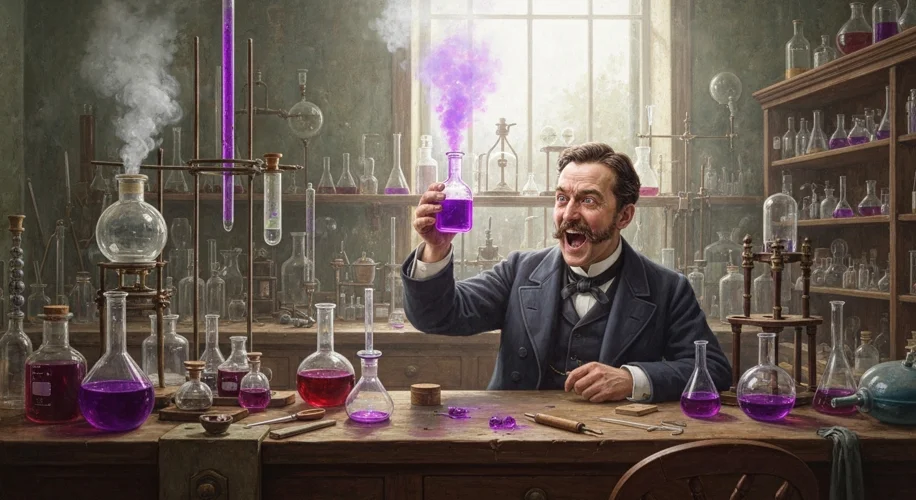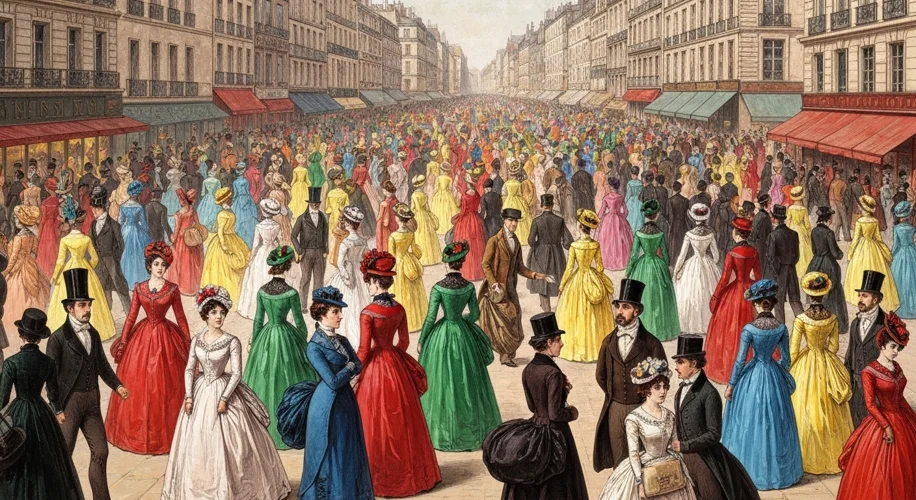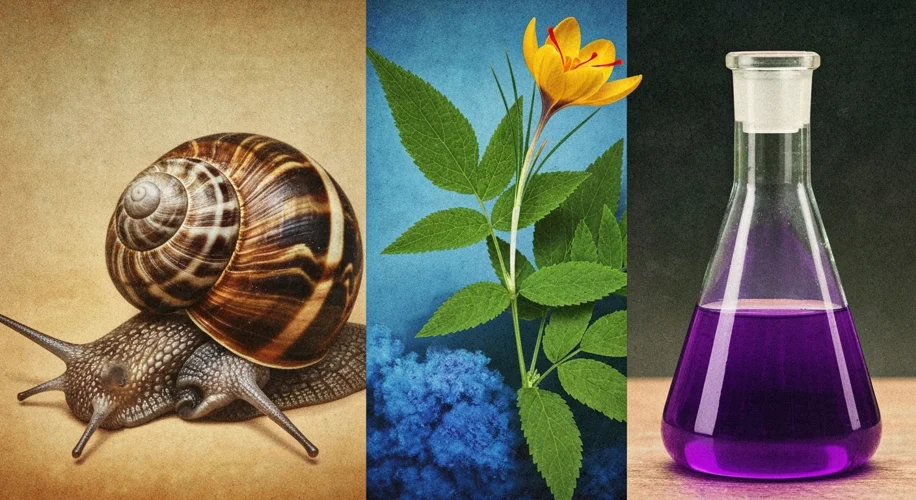Imagine a world stripped of its vibrant hues. A drab, monotonous existence where the fiery passion of red, the calming embrace of blue, and the cheerful burst of yellow are but distant memories. This was the reality for much of human history, a world painted in earthy tones, until the ingenious discovery and application of dyes began to weave color into the very fabric of civilization.
From the earliest days of humanity, the desire to adorn, to express, and to distinguish has been a driving force. Our ancestors, living amidst the natural palette of the earth, discovered that plants, minerals, and even humble insects held the secrets to transforming drab fibers into canvases of expression. The story of dyes is, therefore, intrinsically linked to the story of humanity itself – a tale of innovation, trade, social stratification, and even conquest.
Let us journey back to a time when color was a precious commodity, painstakingly extracted from the natural world. In ancient Egypt, the vibrant blues and reds seen in tomb paintings and textiles were achieved using minerals like lapis lazuli and ochre. But it was the humble murex snail, a small marine gastropod, that held the key to one of antiquity’s most coveted and expensive dyes: Tyrian purple. This legendary color, a deep, rich crimson, was so difficult and labor-intensive to produce that it became synonymous with royalty and imperial power in the Roman world. Thousands of these sea snails had to be processed to yield even a small amount of dye, making a purple-dyed toga a symbol of immense wealth and status. Imagine the scent of the sea and the arduous labor involved in vats of boiling snails, all for a single garment that proclaimed the wearer’s supreme authority.

Across the globe, other cultures were also unlocking the secrets of color. The ancient Britons, for instance, used woad, a plant yielding a rich blue, to paint their bodies before battle, a practice that terrified the advancing Roman legions under Julius Caesar. This fierce, blue-clad appearance was so striking that the Romans referred to the indigenous peoples as the “Picts,” meaning “painted people.”
As civilizations grew, so did the demand for color. The Silk Road, that legendary network of trade routes connecting East and West, became a conduit not just for precious silk and spices, but also for the vibrant dyes that colored them. Madder, derived from a plant root, provided a spectrum of reds, while indigo, extracted from a shrub, offered a deep, enduring blue. These natural dyes, while beautiful, often had limitations. They could fade with exposure to sunlight and washing, leading to a constant quest for more permanent and brilliant shades.
The medieval period saw the continued importance of specific colors. Saffron, extracted from the stigmas of a crocus flower, yielded a brilliant yellow-orange, reserved for the most luxurious fabrics, often associated with religious vestments and the robes of the wealthy. Queen Elizabeth I of England, for example, famously decreed that only members of the royal family could wear yellow, a clear attempt to monopolize a color that conveyed prestige.
However, the true revolution in the world of color arrived in the mid-19th century with the advent of synthetic dyes. In 1856, a young chemist named William Henry Perkin, while attempting to synthesize quinine, accidentally created the first aniline dye: mauveine. This vibrant purple, surprisingly stable and far easier to produce than Tyrian purple, caused a sensation. Suddenly, a color previously accessible only to royalty was within reach of the burgeoning middle class. The “mauve craze” swept through Europe, transforming fashion and industry.

Perkin’s discovery opened the floodgates. Soon, chemists were synthesizing a dazzling array of colors – vivid reds, electric blues, sunshine yellows – all at a fraction of the cost and effort of their natural predecessors. This democratization of color had profound societal impacts. Fashion became more accessible, allowing a wider segment of the population to participate in aesthetic trends. Industries like textiles, printing, and even food production were revolutionized, infused with a newfound vibrancy.
The impact of synthetic dyes extended beyond mere aesthetics. They played a role in national identity, with specific colors becoming associated with flags and uniforms. They even influenced art and culture, providing artists with a richer palette and inspiring new forms of expression. Consider the Impressionist painters, whose work was significantly enhanced by the availability of new, brighter synthetic pigments.

Today, synthetic dyes are ubiquitous. They color our clothes, our food, our homes, and our technologies. Yet, the history of dyes reminds us that color is never just a superficial addition. It is a thread woven through the tapestry of human history, carrying with it stories of power, status, innovation, and the enduring human desire to bring beauty and meaning to the world around us. From the laborious extraction of Tyrian purple from countless snails to the accidental brilliance of Perkin’s mauve, the journey of color is a testament to our species’ relentless pursuit of transformation and expression.

